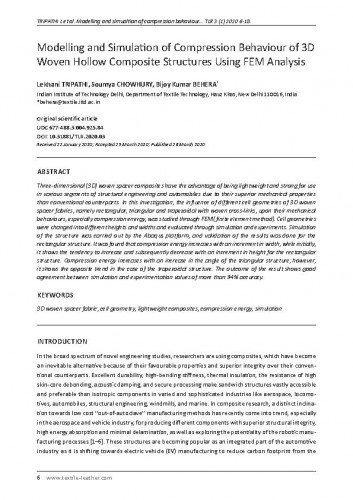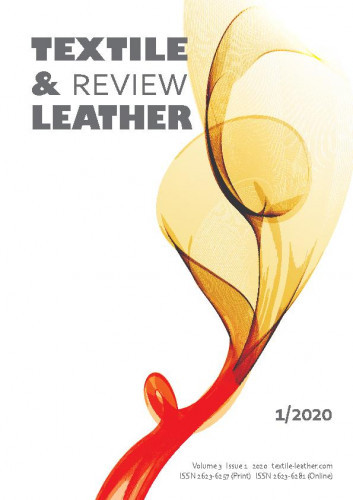Three-dimensional (3D) woven spacer composites have the advantage of being lightweight and strong for use in various segments of structural engineering and automobiles due to their superior mechanical properties than conventional counterparts. In this investigation, the influence of different cell geometries of 3D woven spacer fabrics, namely rectangular, triangular and trapezoidal with woven cross-links, upon their mechanical behaviors, especially compression energy, was studied through FEM (finite element method). Cell geometries were changed into different heights and widths and evaluated through simulation and experiments. Simulation of the structure was carried out by the Abaqus platform, and validation of the results was done for the rectangular structure. It was found that compression energy increases with an increment in width, while initially, it shows the tendency to increase and subsequently decrease with an increment in height for the rectangular structure. Compression energy increases with an increase in the angle of the triangular structure; however, it shows the opposite trend in the case of the trapezoidal structure. The outcome of the result shows good agreement between simulation and experimentation values of more than 94% accuracy.
Sažetak

 Textile & leather review : 3,1(2020) / editor-in-chief Dragana Kopitar.
Textile & leather review : 3,1(2020) / editor-in-chief Dragana Kopitar.